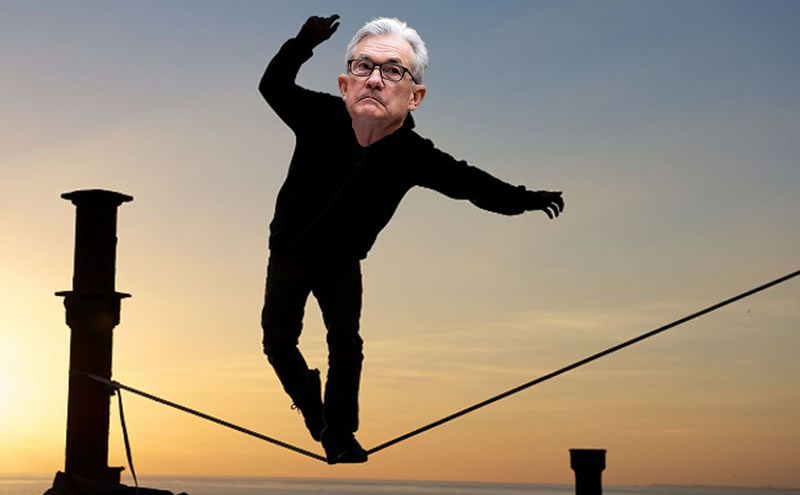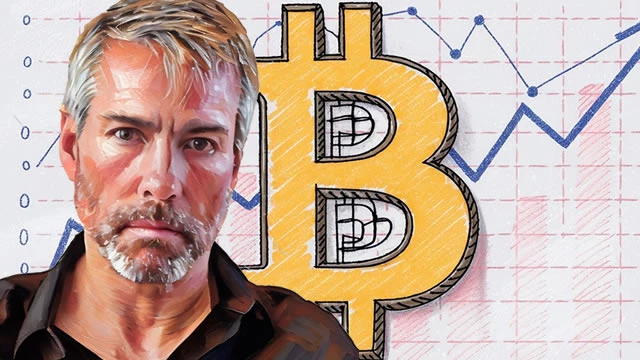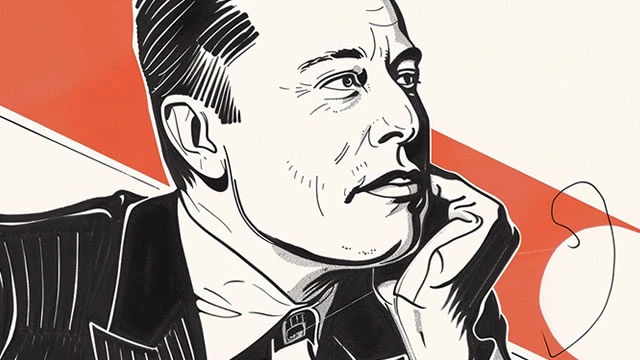In the world of finance, nothing is quite as thrilling as a high-wire act, and the current economy is no exception. With the potential for financial instability looming and the ever-present threat of inflation, one might wonder whether we can walk this tightrope without slipping.
For years, we've been pampering our economy like a spoiled child, doling out fiscal and monetary policy support like candy. As a result, many regional banks have been able to offer tantalizing deals to their customers and investors by stretching their limbs further out on the yield curve. But, as anyone who has ever played with Silly Putty knows, there's a limit to how far you can stretch before things snap.
The Federal Reserve's recent about-face on interest rates is akin to a sudden gust of wind during a tightrope performance. The banks that had been too confident in their balancing act suddenly found themselves teetering on the brink of disaster. And while we can't deny that the Fed played a significant role in the inflation problem, the Treasury is no innocent bystander.
Like a clumsy magician, we've been fumbling with our inflation trick for the better part of 15 years. The magic number of 2 percent has remained elusive, and our attempts to conjure it up have only made the situation worse. It seems as though we've been chasing our own tails in this inflationary pursuit, and we're now facing the consequences of our actions.
The collateral damage we've witnessed in the banking sector might just be the tip of the iceberg. Like two sides of a sinister coin, we're likely to see fallout in both the real estate and corporate realms. Low interest rates have driven investors to buy high-priced assets, financed with low-cost debt. As interest rates rise, these investments are likely to face challenges in refinancing, potentially leading to more problems down the road.
In the world of real estate, we might witness the unraveling of high-quality assets first, with the market struggling to find a clearing price or cap rate. Similarly, in the corporate sector, businesses with strong fundamentals but inappropriate balance sheets might find themselves grappling with the need for refinancing or restructuring. It's as if we've opened Pandora's Box, and there's no going back.
But, like any good drama, there's a silver lining. The rapid reversal of interest rates has led to some surprising investment opportunities, as mutual funds and securitized products have experienced dramatic price reductions. As the weaker companies go through restructuring, stronger entities might emerge, ready for a new era of financial stability.
In conclusion, the balancing act between inflation and financial stability is nothing short of an economic high-wire performance. The challenges we face are real, and the risks are great. But, if we can navigate this treacherous terrain with agility, wit, and grace, we might just find ourselves standing on the other side, poised for a more stable and prosperous future.

















Rate this article